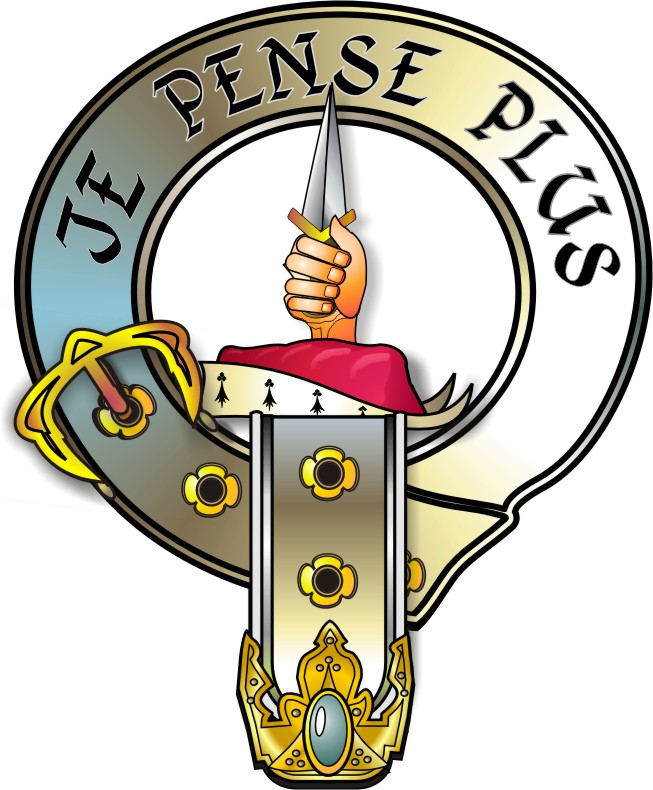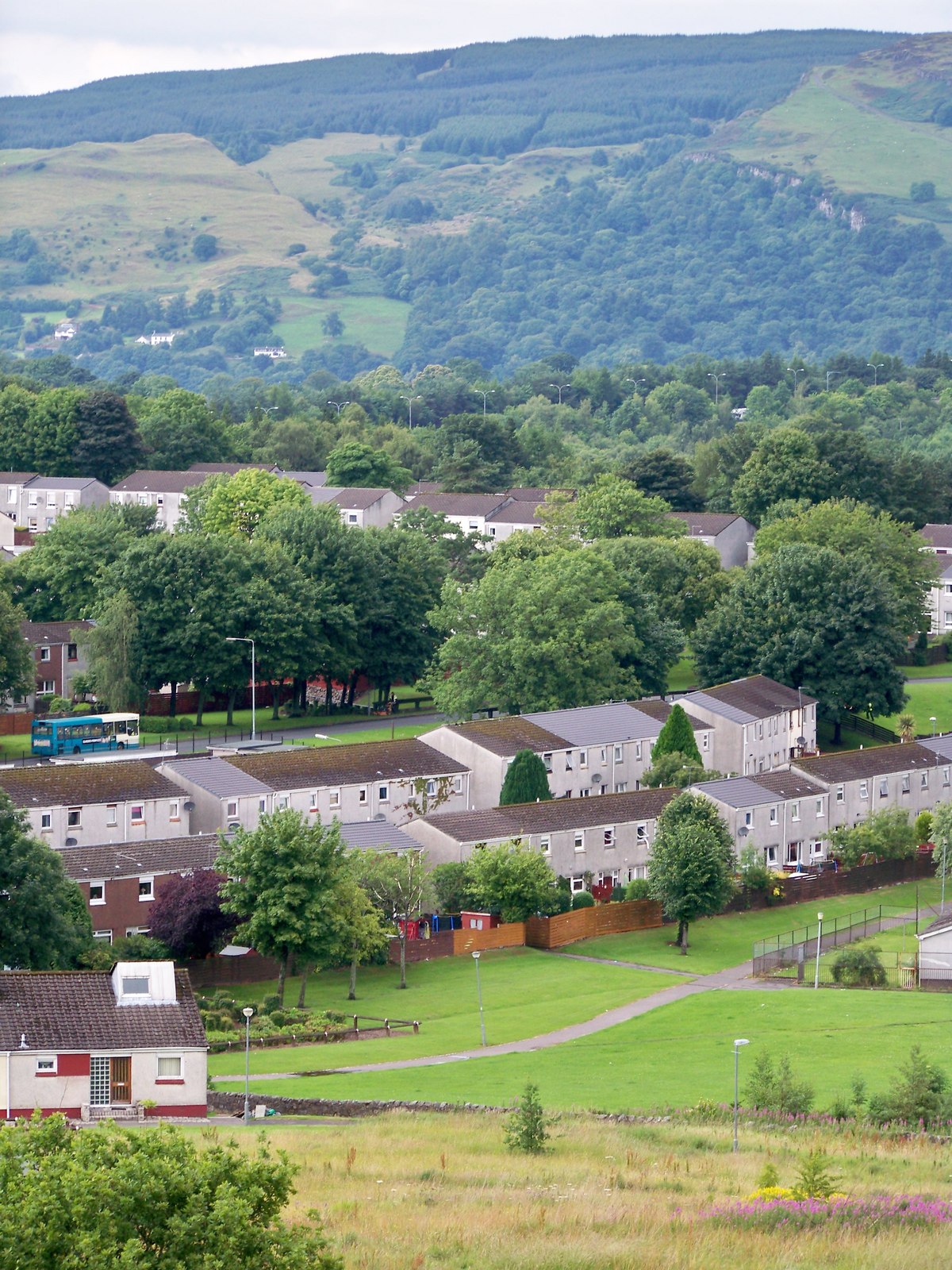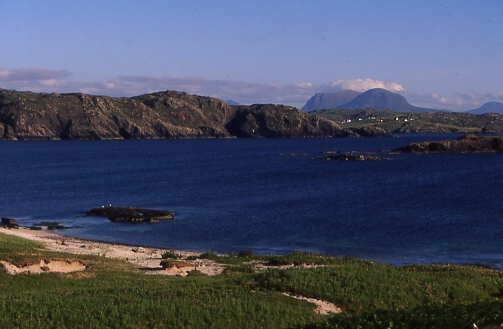|
Henry Erskine, 3rd Lord Cardross
Henry Erskine, third Lord Cardross (1650 – 1693), was a covenanter. Background Erskine was the eldest son of David Erskine, 2nd Lord Cardross, by his first wife, Anne, who was fifth daughter of Sir Thomas Hope, king's advocate. The title of Lord Cardross was originally conferred on the first Earl of Mar, and, in accordance with the right with which he was invested of conferring it on any of his heirs male, it was granted by him to his second son Henry, along with the barony of Cardross. By his father young Erskine had been educated in the principles of the covenanters, and at an early period distinguished himself by his opposition to the administration of Lauderdale. In this he was strongly supported by his wife, Catherine, youngest of the two daughters and coheiresses of Sir William Stewart of Kirkhill. On account of his wife's determination to have a Presbyterian chaplain to perform worship in her own house he was fined 4,000''l''. of which he paid 1,000''l''., and aft ... [...More Info...] [...Related Items...] OR: [Wikipedia] [Google] [Baidu] |
Erskine Crest
Erskine (, sco, Erskin, gd, Arasgain) is a town in the council areas of Scotland, council area of Renfrewshire, and Renfrewshire (historic), historic county of counties of Scotland, the same name, situated in the Central Lowlands, West Central Lowlands of Scotland. It lies on the southern bank of the River Clyde, providing the lowest crossing to the north bank of the river at the Erskine Bridge, connecting the town to Old Kilpatrick in West Dunbartonshire. Erskine is a commuter town at the western extent of the Greater Glasgow conurbation, bordering Bishopton, Renfrewshire, Bishopton to the west and Renfrew, Inchinnan, Paisley, Renfrewshire, Paisley and Glasgow Airport to the south. Originally a small village settlement, the town has expanded since the 1960s as the site of development as an Overspill estate, overspill town, boosting the population to over 15,000. In 2014, it was rated one of the most attractive postcode areas to live in Scotland. History Archaeological evide ... [...More Info...] [...Related Items...] OR: [Wikipedia] [Google] [Baidu] |
Hugh Mackay (general)
Hugh Mackay (c. 1640 – 24 July 1692) was a Scottish military officer who settled in the Netherlands, and spent most of his career in the service of William of Orange (later William III of England). In 1660, Mackay was commissioned into Dumbarton's Regiment, spending the next few years in England and France, then volunteered to fight for the Republic of Venice in the Fifth Ottoman-Venetian War. He rejoined Dumbarton's in 1672 on the outbreak of the Third Anglo-Dutch War, before transferring to the Scots Brigade in 1673. A long established mercenary unit of the Dutch army, Mackay served with the Brigade for the rest of his career. Mackay led the Brigade during the Glorious Revolution and was military commander in Scotland from 1689 to 1690. Despite defeat at Killiecrankie in July 1689, the Highlands had largely been brought under control by the end of 1690 and Mackay was reassigned to Ireland for the 1691 campaign. He returned to the Netherlands in October 1691 after the Tre ... [...More Info...] [...Related Items...] OR: [Wikipedia] [Google] [Baidu] |
1693 Deaths
Events January–March * January 11 – 1693 Sicily earthquake: Mount Etna erupts, causing a devastating earthquake that affects parts of Sicily and Malta. * January 22 – A total lunar eclipse is visible across North and South America. * February 8 – The College of William & Mary in Williamsburg, Virginia is granted a Royal charter. * February 27 – The publication of the first women's magazine, titled ''The Ladies' Mercury'', takes place in London. It is published by the Athenian Society. * March 27 – Bozoklu Mustafa Pasha becomes the new Grand Vizier of the Ottoman Empire, after Sultan Ahmed II appoints him as the successor of Çalık Ali Pasha. April–June * April 4 – Anne Palles becomes the last accused witch to be executed for witchcraft in Denmark, after having been convicted of using powers of sorcery. King Christian V accepts her plea not to be burned alive, and she is beheaded before her body is set afire. * April 5 – The Order of Saint Louis ... [...More Info...] [...Related Items...] OR: [Wikipedia] [Google] [Baidu] |
1650 Births
Year 165 ( CLXV) was a common year starting on Monday (link will display the full calendar) of the Julian calendar. At the time, it was known as the Year of the Consulship of Orfitus and Pudens (or, less frequently, year 918 ''Ab urbe condita''). The denomination 165 for this year has been used since the early medieval period, when the Anno Domini calendar era became the prevalent method in Europe for naming years. Events By place Roman Empire * A Roman military expedition under Avidius Cassius is successful against Parthia, capturing Artaxata, Seleucia on the Tigris, and Ctesiphon. The Parthians sue for peace. * Antonine Plague: A pandemic breaks out in Rome, after the Roman army returns from Parthia. The plague significantly depopulates the Roman Empire and China. * Legio II ''Italica'' is levied by Emperor Marcus Aurelius. * Dura-Europos is taken by the Romans. * The Romans establish a garrison at Doura Europos on the Euphrates, a control point for the commercial ... [...More Info...] [...Related Items...] OR: [Wikipedia] [Google] [Baidu] |
Lord Provost Of Edinburgh
The Right Honourable Lord Provost of Edinburgh is the convener of the City of Edinburgh local authority, who is elected by City_of_Edinburgh_Council, the city council and serves not only as the chair of that body, but as a figurehead for the entire city, ex officio the Lord-Lieutenant of Edinburgh. It is the equivalent in many ways to the institution of Mayor that exists in many other countries. While some of Scotland's subdivisions of Scotland, local authorities elect a Provost (civil), Provost, only the four main cities (Edinburgh, Glasgow, Aberdeen, Scotland, Aberdeen and Dundee, Scotland, Dundee) have a Lord Provost. In Edinburgh this position dates from 1667, when Charles II of England, Charles II elevated the Provost to the status of Lord Provost, with the same rank and precedence as the Lord Mayor of London. The title of Lord Provost is enshrined in the ''Local Government etc. (Scotland) Act 1994''. Roles and Traditions Prior to the Local Government (Scotland) Act 197 ... [...More Info...] [...Related Items...] OR: [Wikipedia] [Google] [Baidu] |
Polmont
Polmont ( gd, Poll-Mhonadh) is a village in the Falkirk council area of Central Scotland. It lies towards the east of the town of Falkirk, north of the Union Canal, which runs adjacent to the village. Due to its situation in Central Scotland, many locations can be seen from Polmont, ranging from the Ochil Hills and the River Forth, to Cairnpapple Hill. Although giving its name to Polmont Young Offenders Institution, the prison is in fact in Reddingmuirhead. History The name Polmont derives from the Scottish Gaelic term ''Poll-Mhonadh'', which translates into English as "Pool of the Hill". Old Polmont was situated on a raised beach overlooking the Firth of Forth and the Ochils. There were two Roman temporary marching camps, one on either side of what is now Grangemouth Golf Course: on the western side was Little Kerse, and on the eastern side was Polmont Hill. The Antonine Wall ran through Polmont from Mumrills, the largest fort on the wall, west of Polmont. Remains of th ... [...More Info...] [...Related Items...] OR: [Wikipedia] [Google] [Baidu] |
Gilbert Laurie
Gilbert Laurie of Polmont (1729–1809) was an 18th-century Scottish merchant and senior excise officer who twice served as Lord Provost of Edinburgh: from 1766 to 1768 and 1772 to 1774. Life He was born in Polmont in 1729. He was Commissioner of Excise for edinburgh from around 1760. In 1766 he succeeded James Stuart of Binend as Lord Provost of Edinburgh. The construction of Edinburgh's New Town began during his term of office. In 1774, he was living at Baxters Close off the Cowgate in Edinburgh. In 1784, he was still Commissioner of Excise but lived at Cowgatehead at the east end of the Grassmarket. In 1784/5, he built or remodelled Polmont House near Falkirk, as his main home. He died at Polmont, on 10 September 1787, and is thought to be buried in Polmont Parish Churchyard. Artistic recognition He was portrayed in office around 1768 by David Martin. Family He married Katherine Erskine, daughter of the Hon Thomas Erskine, son of Henry Erskine, 3rd Lord Cardross Hen ... [...More Info...] [...Related Items...] OR: [Wikipedia] [Google] [Baidu] |
Earldom Of Buchan
The Mormaer () or Earl of Buchan () was originally the provincial ruler of the medieval province of Buchan. Buchan was the first Mormaerdom in the High Medieval Kingdom of the Scots to pass into the hands of a non-Scottish family in the male line. The earldom had three lines in its history, not counting passings from female heirs to sons. Today, it is held by the Erskine family as a peerage. The current holder is Harry Erskine, 18th Earl of Buchan (b. 1960). Mormaerdom of Buchan The first recorded person who definitely held the position of mormaer was Gartnait, whose patronage is noted in the Gaelic Notes on the '' Book of Deer''. The latter is the only significant source for the mormaerdom, and its existence makes Buchan one of Scotland's best documented provinces for native cultural institutions. After the death of Fergus, before 1214, Buchan became the first native mormaerdom to pass into the hands of a foreign family, the Comyns, though only through marriage. Alexander ... [...More Info...] [...Related Items...] OR: [Wikipedia] [Google] [Baidu] |
David Erskine, 9th Earl Of Buchan
David (; , "beloved one") (traditional spelling), , ''Dāwūd''; grc-koi, Δαυΐδ, Dauíd; la, Davidus, David; gez , ዳዊት, ''Dawit''; xcl, Դաւիթ, ''Dawitʿ''; cu, Давíдъ, ''Davidŭ''; possibly meaning "beloved one". was, according to the Hebrew Bible, the third king of the United Kingdom of Israel. In the Books of Samuel, he is described as a young shepherd and harpist who gains fame by slaying Goliath, a champion of the Philistines, in southern Canaan. David becomes a favourite of Saul, the first king of Israel; he also forges a notably close friendship with Jonathan, a son of Saul. However, under the paranoia that David is seeking to usurp the throne, Saul attempts to kill David, forcing the latter to go into hiding and effectively operate as a fugitive for several years. After Saul and Jonathan are both killed in battle against the Philistines, a 30-year-old David is anointed king over all of Israel and Judah. Following his rise to power, David c ... [...More Info...] [...Related Items...] OR: [Wikipedia] [Google] [Baidu] |
Earl Of Crawford
Earl of Crawford is one of the most ancient extant titles in Great Britain, having been created in the Peerage of Scotland for Sir David Lindsay in 1398. It is the premier earldom recorded on the Union Roll. Early history Sir David Lindsay, who married Elizabeth Stewart, Countess of Crawford, a daughter of Robert II, was the 10th baron of Crawford, Lanarkshire. In 1398 he was given the title of Earl of Crawford, along with Crawford Castle, by Robert. The title descended to the first Earl's descendants without much incident, until the death of David Lindsay, 8th Earl of Crawford, in 1542. The eighth Earl had a son, Alexander, commonly called the ''Wicked Master'', who frequently quarrelled with his father and even tried to murder him. The Wicked Master was sentenced to death for his crime, and the eighth Earl conveyed his title to a cousin, also called David Lindsay, a descendant of the third Earl of Crawford, and excluded from the succession all of the Wicked Master's descenda ... [...More Info...] [...Related Items...] OR: [Wikipedia] [Google] [Baidu] |
Earl Of Melville
Earl of Melville is a title in the Peerage of Scotland. It was created in 1690 for the Scottish soldier and statesman George Melville, 4th Lord Melville. He was made Lord Raith, Monymaill and Balwearie and Viscount of Kirkcaldy at the same time, also in the Peerage of Scotland. He married Catherine Leslie, daughter of Alexander Leslie, Lord Balgonie, and granddaughter of Alexander Leslie, 1st Earl of Leven. Lord Melville was succeeded upon his death in 1707 by his eldest surviving son, David, who already in 1681 had succeeded to the earldom of Leven through his mother. The two earldoms have since remained united. For further history of the titles, see Earl of Leven. The title Lord Melville, of Monymaill, was created in the Peerage of Scotland in 1616 for Robert Melville, an Extraordinary Lord of Session under the judicial title Lord Murdochairnie, with remainder to his elder brother, John Melville. He was succeeded by his son, Robert, the second Lord. He was a Lord of Session u ... [...More Info...] [...Related Items...] OR: [Wikipedia] [Google] [Baidu] |
Battle Of Killiecrankie
The Battle of Killiecrankie ( gd, Blàr Choille Chnagaidh), also referred to as the Battle of Rinrory, took place on 27 July 1689 during the 1689 Scottish Jacobite rising. An outnumbered Jacobite force under John Graham, Viscount Dundee and Sir Ewen Cameron of Lochiel defeated a government army commanded by General Hugh Mackay. James VII went into exile in December 1688 after being deposed by the Glorious Revolution in Scotland. In March 1689, he began the Williamite War in Ireland, with a simultaneous revolt led by Dundee, previously military commander in Scotland. Hampered by lack of men and resources, Dundee gambled on a decisive battle which he hoped would attract wider support. Although Killiecrankie was an unexpected and stunning victory, his army suffered heavy casualties and he was killed in the final minutes. It did little to change the overall strategic position, and the Jacobites were unable to take advantage of their success. Background In February 1685, the Ca ... [...More Info...] [...Related Items...] OR: [Wikipedia] [Google] [Baidu] |







.jpg)